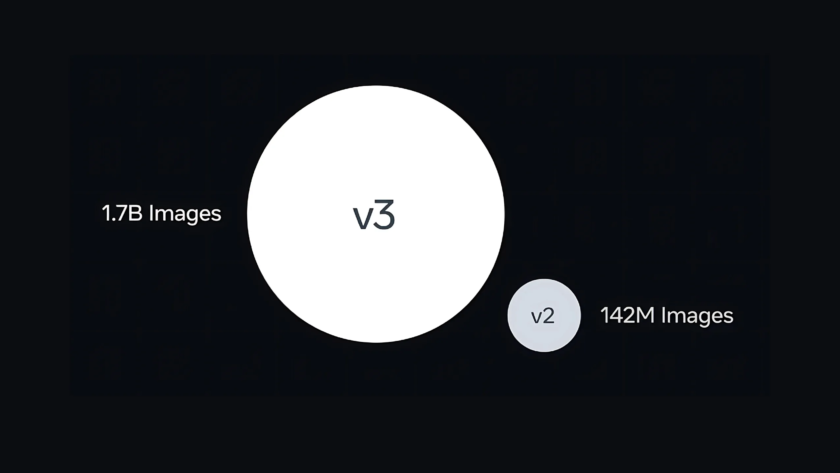Introduction
Galileo is an open-source, highly multimodal foundation model developed to process, analyze, and understand diverse Earth observation (EO) data streams—including optical, radar, elevation, climate, and auxiliary maps—at scale. Galileo is developed with the support from researchers from McGill University, NASA Harvest Ai2, Carleton University, University of British Columbia, Vector Institute, and Arizona State University.…
Read More
